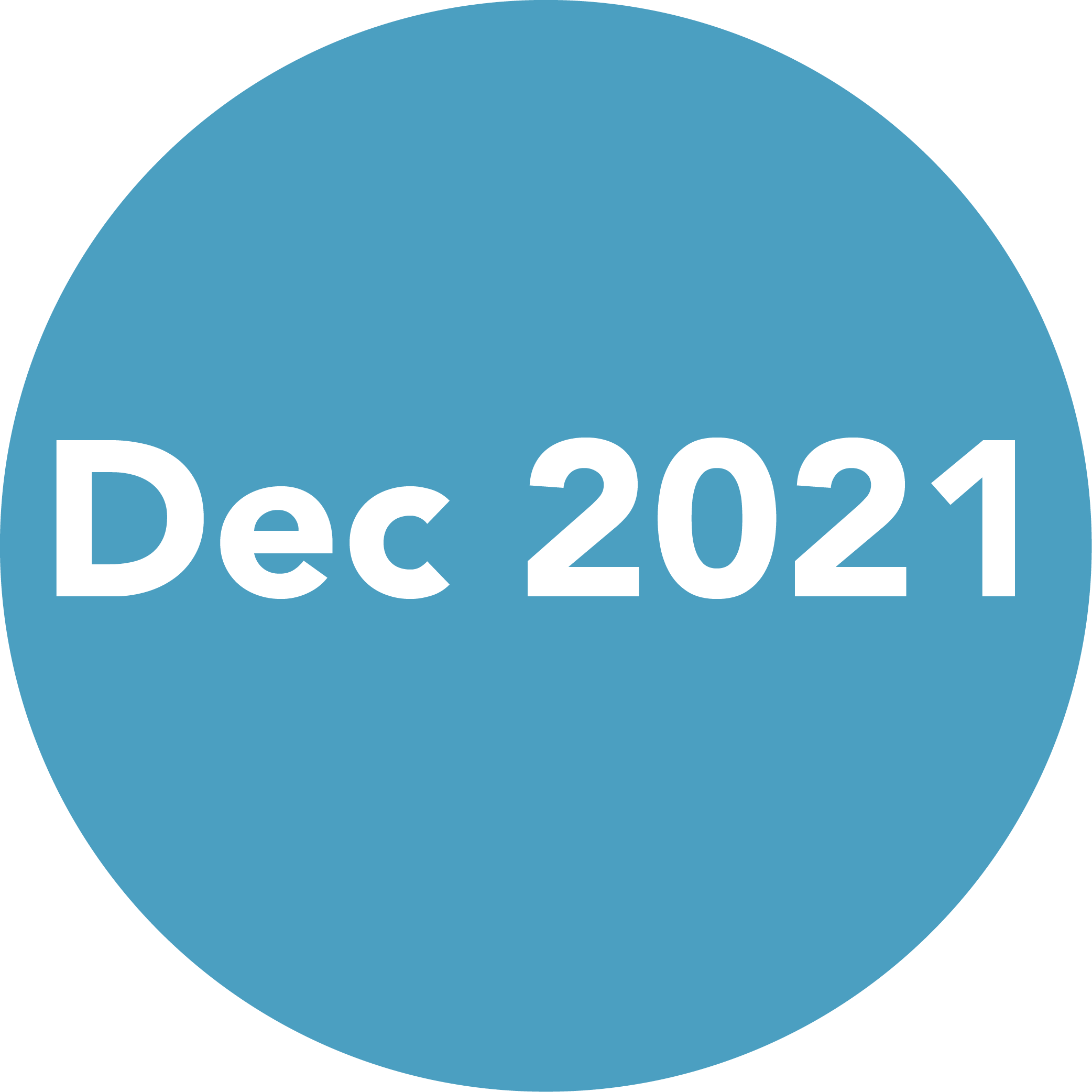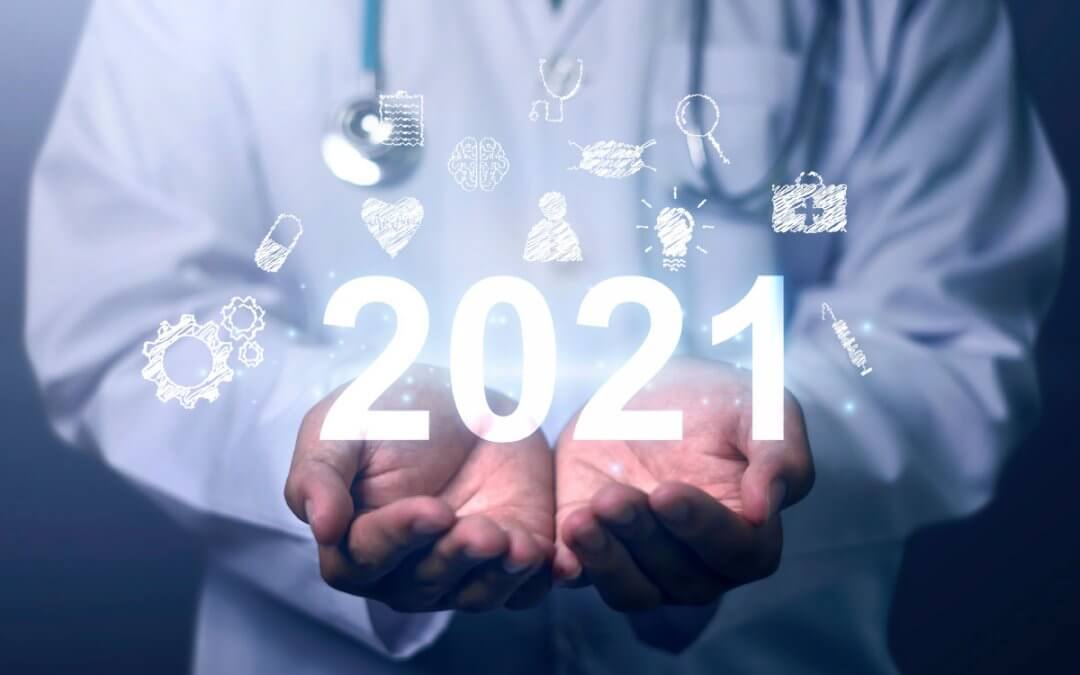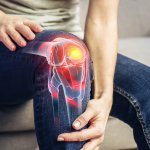Stem cell banking gives your child access to a huge range of emerging stem cell therapies that may otherwise be unavailable to them. The idea is that as they age their perfectly matched, banked stem cells are ready and waiting to repair damaged tissue, for example regenerating cartilage if they suffer from arthritis, or treat debilitating and ultimately terminal age related conditions such as Parkinson’s.
In this article we look at some of 2021’s cornerstone developments in the field of stem cell therapy and advances in stem cell banking technology, so that you stay up to date on what your child’s stem cells can do for them and your family.
Here are our highlights…

Study reveals placenta injections could alleviate symptoms of arthritis.
Just a year after we launched our new placenta stem cell banking service, British-US based firm Organogensis, demonstrated that a single injection of cells from the amnion improved the symptoms and pain of patients suffering from arthritis in a 200 patient clinical trial.
Find out more here.
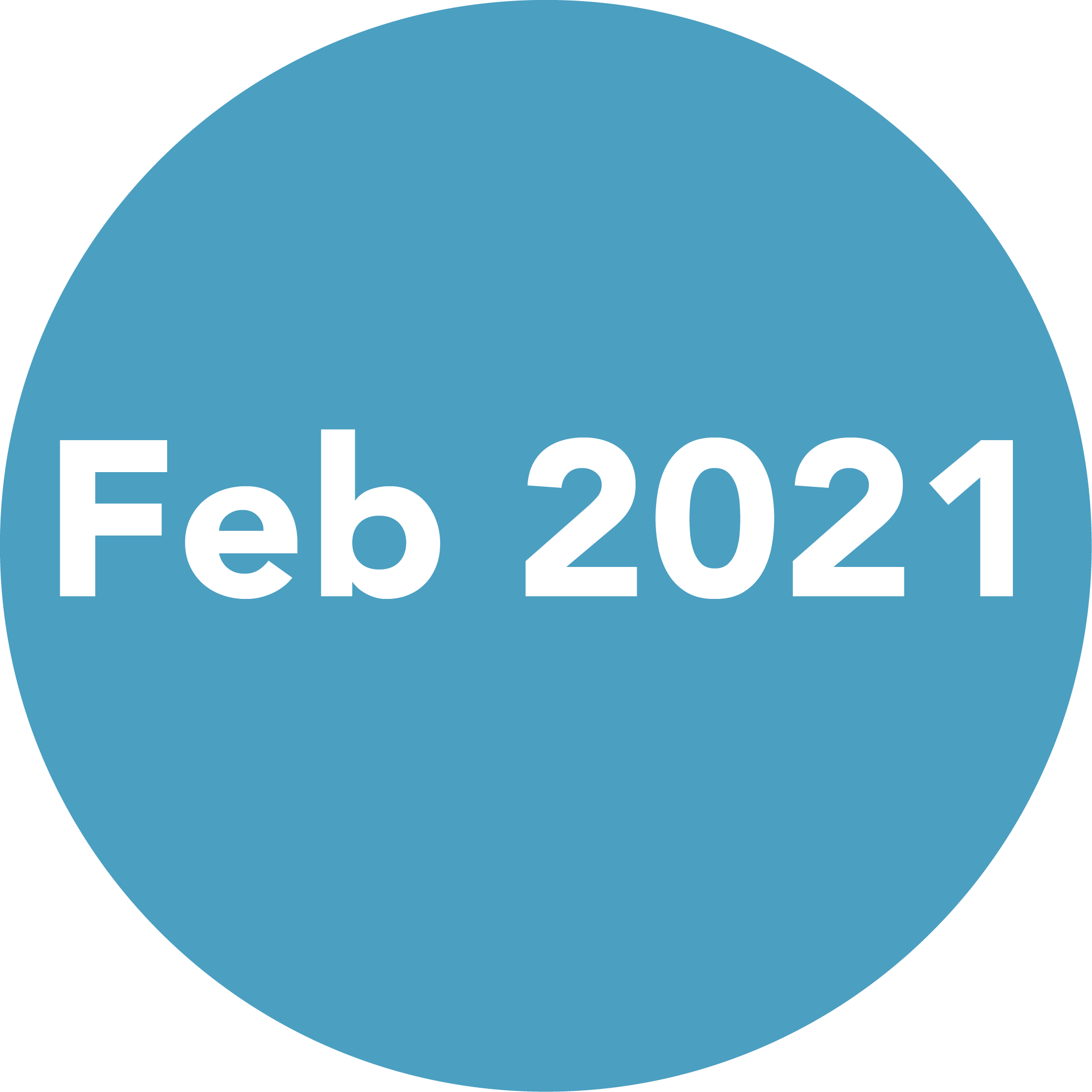
Spinal cord injuries repaired in patients using their own stem cells

Mesenchymal stem cells as potential treatment for bradykinesia.

Treatment for bronchopulmonary dysplasia in premature infants shows promising results.
A Phase II trial investigating the use of umbilical cord blood mesenchymal stem cells (MSCs) to treat bronchopulmonary dysplasia (BPD) in premature infants has shown promising initial results, giving way to a larger Phase II study. This wider study will focusing on a subset of babies born at 23 to 24 weeks, who look to be the group that have benefitted from the therapy.
Find more info here.
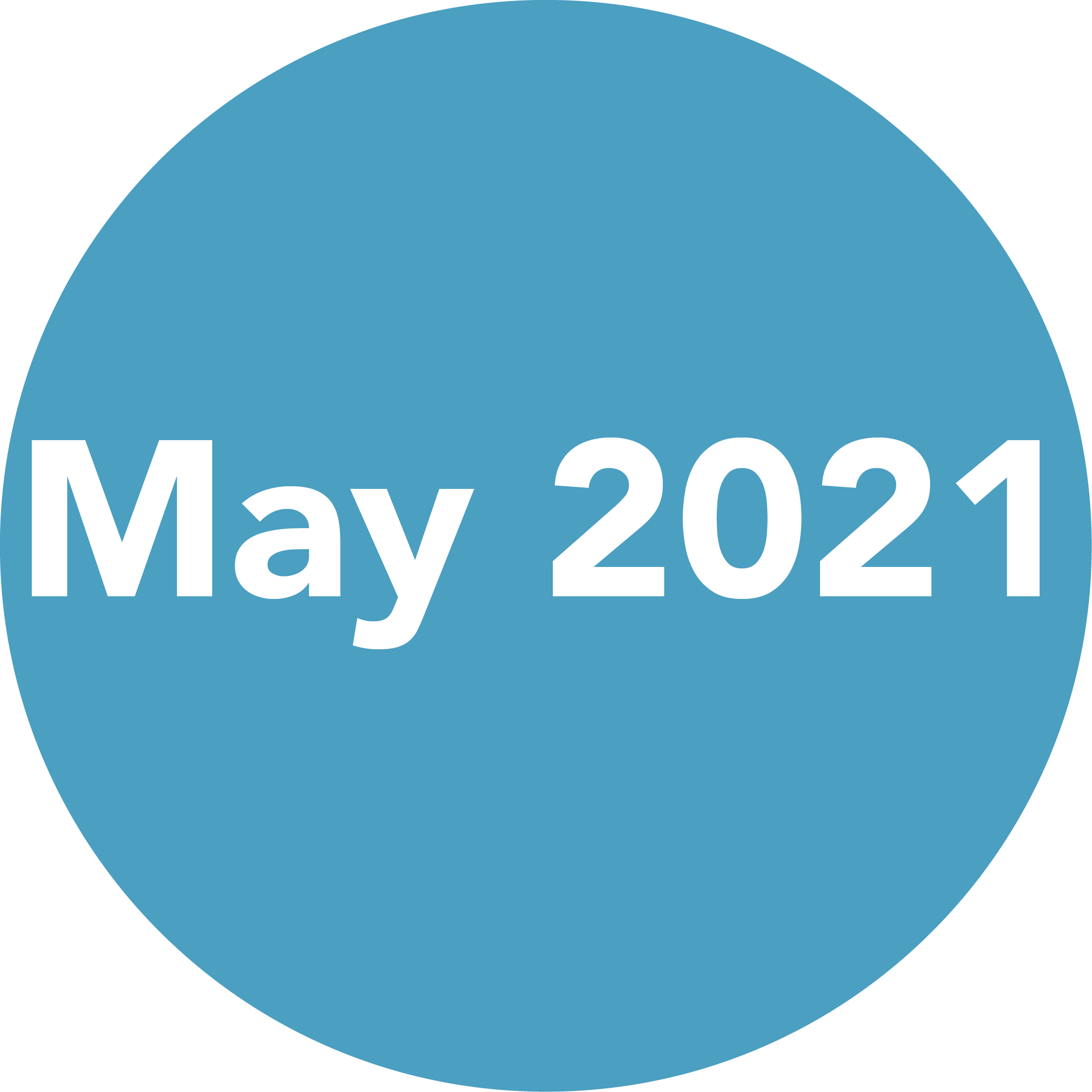
Bioprinted mini pancreas shows promise in providing personalised therapies for diabetes
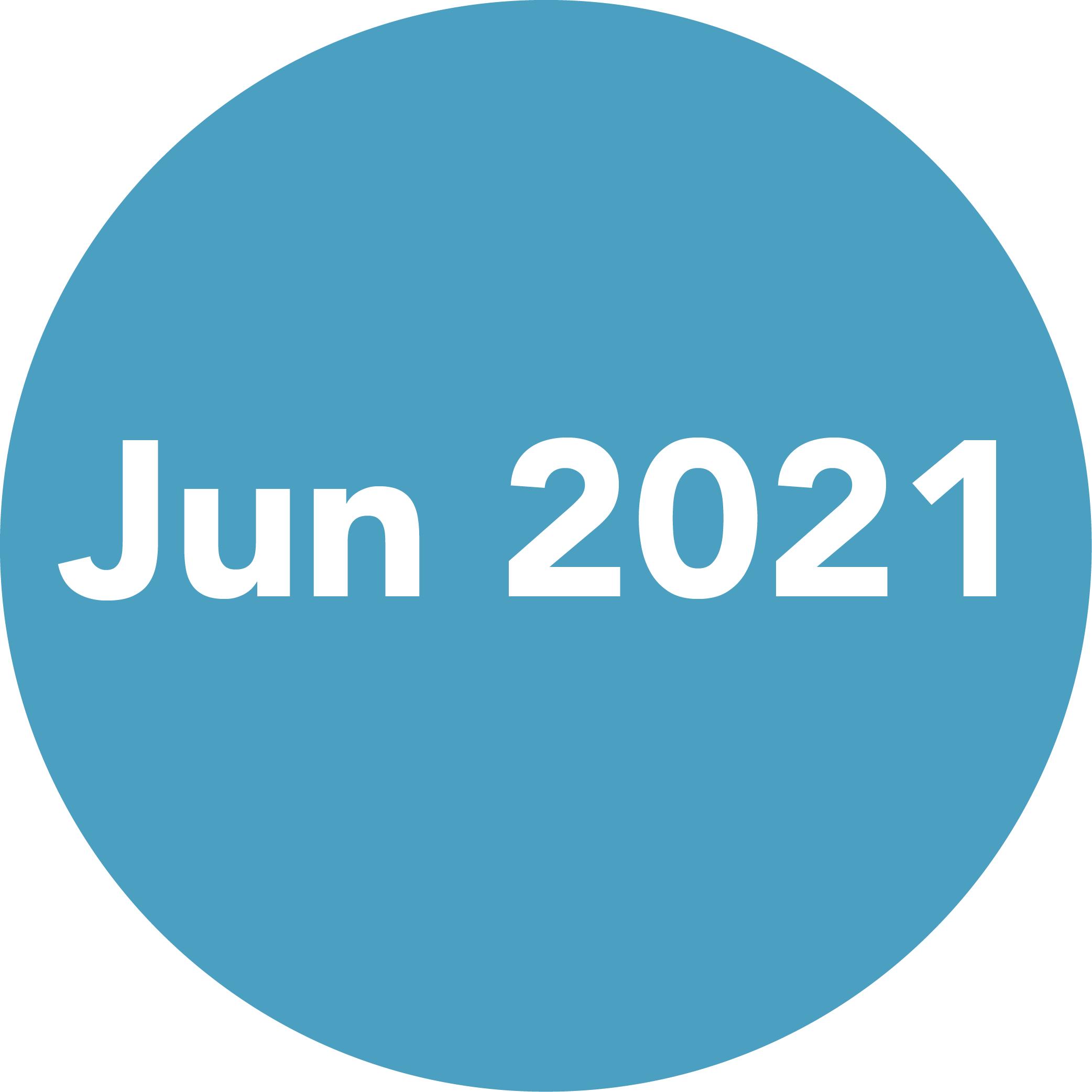
A comparison of TotiCyte against other stem cell banking technologies was published in the Journal of Stem Cells Research, Development and Therapy
TotiCyte is the technology that powers our CellsPlus stem cell banking service. This publication is a head-to-head comparison of TotiCyte against the other cord blood processing methods currently available in the UK. The paper, which was subject to peer-review prior to publication, shows that cord blood units processed using TotiCyte contain between 2.2 and 3 times more stem cells at the point of therapy than other available systems.
Read the paper here.

Mesenchymal stem cells form new tendon tissue in patient
A comprehensive set of analysis performed on tendon tissue taken from a patient who received an injection of his own stem cells to treat a knee injury showed that the tendon had regenerated because the mesenchymal stem cells that had been injected transformed into new tendon tissue.
Find out more here.

Heart tissue grown from stem cells in a lab used to identify new COVID-19 drug
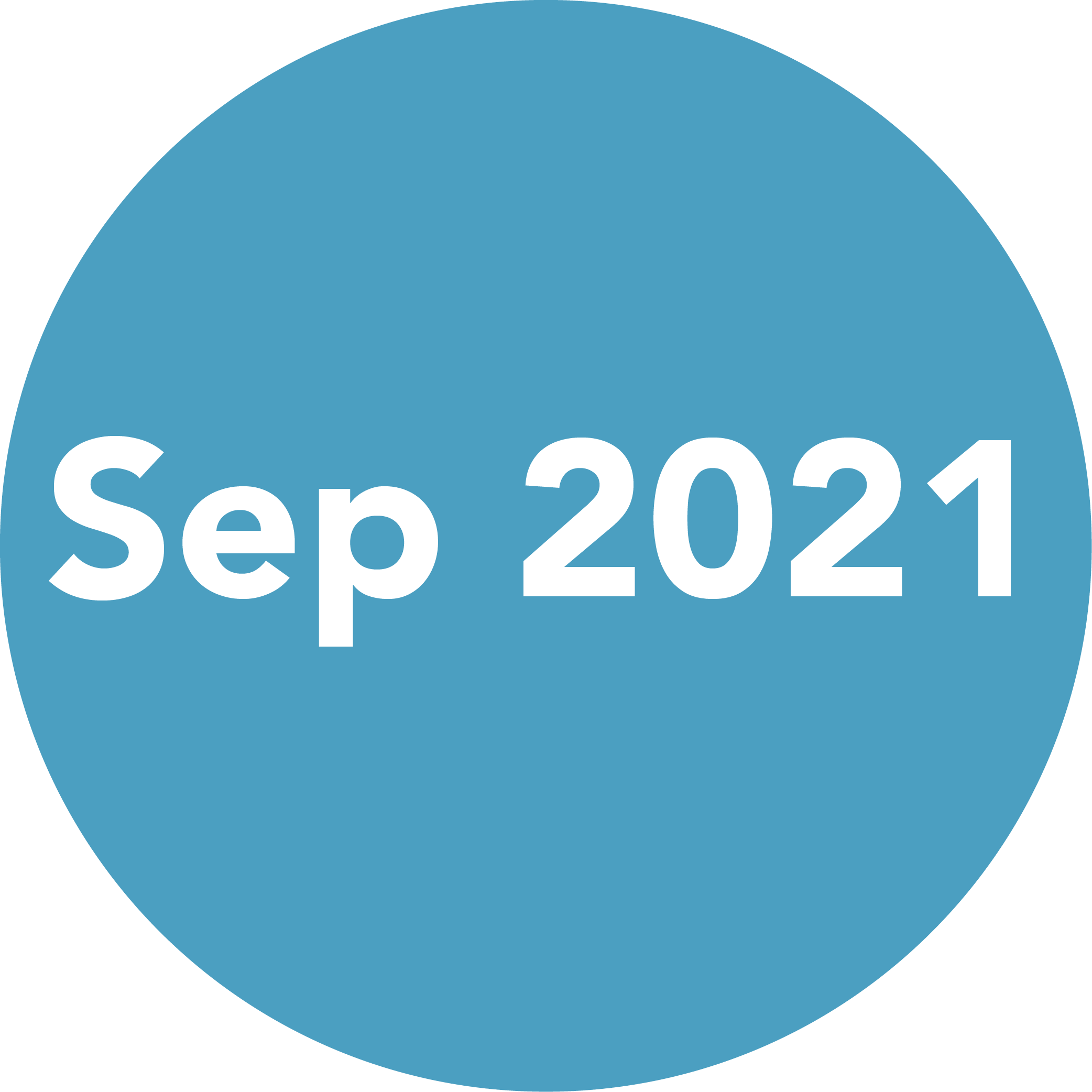
Stem cell therapy reduces symptoms of chronic obstructive pulmonary disease (COPD)
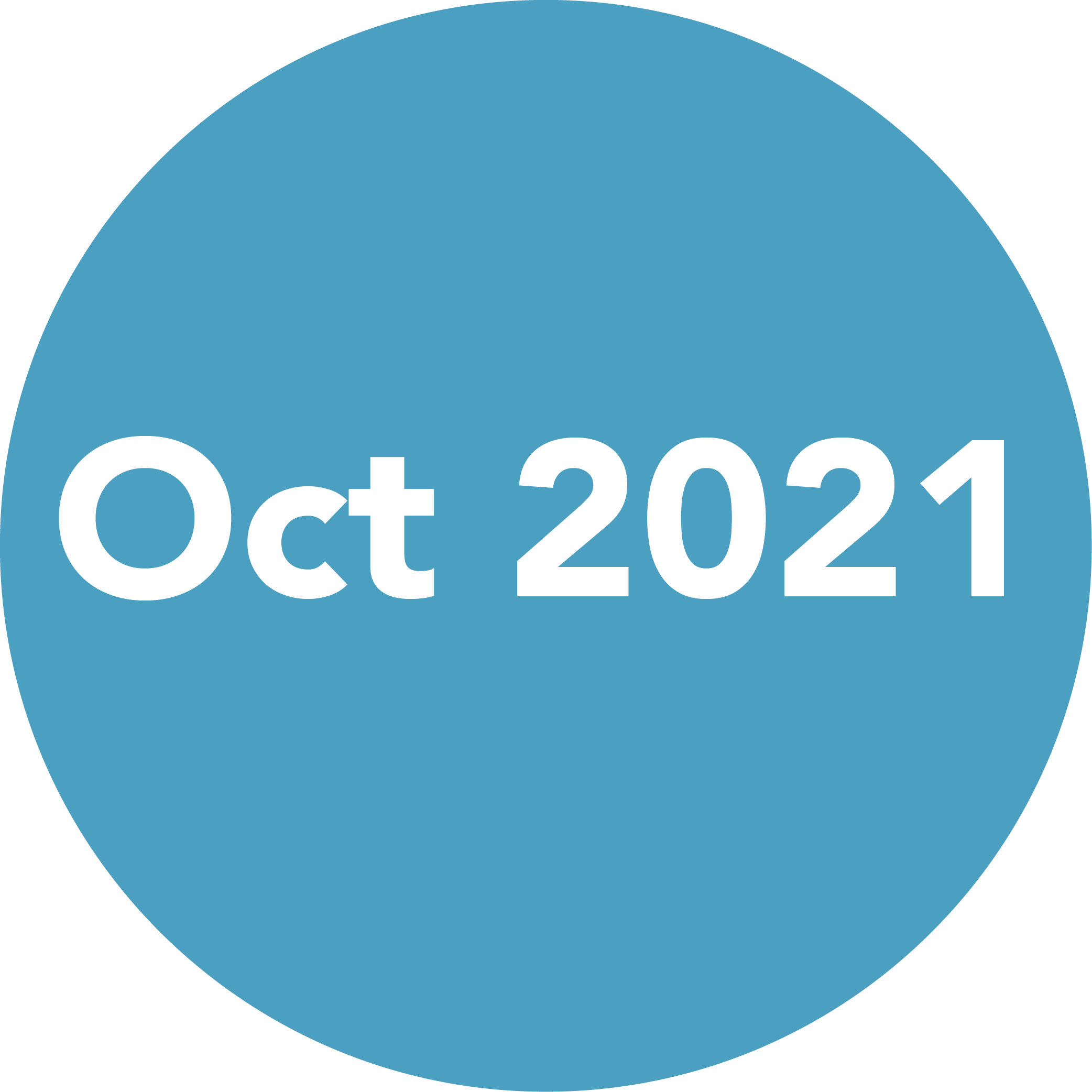
Cells4Life releases two more samples to treat brain injury

A new documentary Ending Disease shone light of the amazing breakthroughs in stem cell therapy
The documentary followed the treatments of patients like Ryan Custer, a basketball player who was paralysed from the chest down, Cheryl Wiers, a mum with double relapsed non-Hodgkin’s lymphoma, and Andrew Caldwell who received a stem cell transplant to functionally cure his HIV.
Find out more here.
